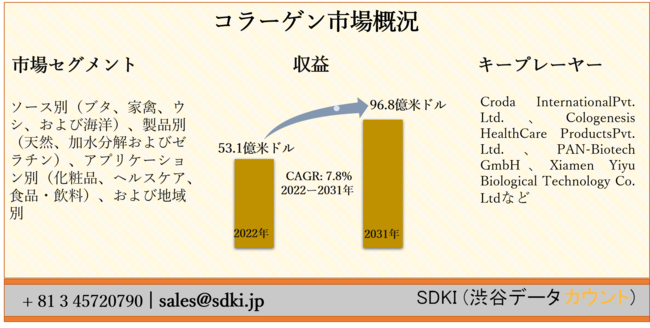Materials used in the manufacture of container glass contain approximately 70% of sand, while chemicals and natural substances such as alumina and calcium make up the rest of the substances. Low amount of sodium oxide and magnesium oxide is used in a container glass. This makes container glass less susceptible to water erosion. The container glass market can be segmented based on type of glass, manufacturing process, product type, end-used industry, and region.
Obtain Brochure@
Based on the type of glass, the container glass market can be segregated into borosilicate glass and soda lime glass. Borosilicate glass is prepared with silica and boron trioxide. It low coefficient of thermal expansion and cannot be recycled. Soda lime glass is prepared by melting sodium carbonate, silica, lime, aluminum oxide, and dolomite. Soda line glass accounts for almost 90% share of the total container glass manufactured globally. It is inexpensive and extremely workable. It holds major share in terms of volume and value.
Based on manufacturing process, the container glass market can be classified into blown glass process and tubing glass process. Under the blown glass process, which is also known as molded glass process, gobs of heated glass are directed to molding machines and air or gas is blown to obtain the shape of the mold. Blown glass can be sub-segmented into blow & blow process and press & blow process. The blow & blow process uses narrow containers where the parison is shaped by the compressed air. The press & blow process uses larger diameter containers, wherein the parison is shaped by pressing the glass against a blank mold. Tubing glass process is a continuous draw process where the heated glass is drawn by a drawing machine over a line of support rollers. The tubing glass segment can sub-segmented into Danner process and Vello process. Under the Danner process, the glass flows from furnace in the form of a ribbon. Under the vello process, the glass flows from a furnace into a bowl, which is then given a shap. The blown glass process segment is estimated to expand at a fast-paced CAGR during the forecast due to its wide application in glass bottle manufacturing.
Based on product type, the container glass market can be categorized into glass bottle, glass jars, glass vials, and candle glass containers. The glass bottle segment accounted for major share of the market due to the wide usage of glass bottles in food & beverage packaging, perfume bottles, and laboratory applications.
Based on end-used industry, the container glass market can be divided into cosmetics & perfumes, pharmaceuticals, food packaging, beverage packaging, and other products. Market share of the beverage packaging segment is increasing owing to the rise in use of alcoholic and non-alcoholic beverages.
In terms of region, the container glass market can be divided into North America, Europe, Latin America, Asia Pacific, and Middle East & Africa. Currently, Europe is leading the market for container glass, followed by North America. This can be ascribed to the rise in demand for green and sustainable beverage packaging in these regions.
Glass containers do not fade or deteriorate. They also do not stain the product inside the container. Products inside the container have longer life and are safe, since glass is chemically inert to many substances. These properties are augmenting the container glass market. However, cheaper plastic containers are used as substitutes. This hampers the container glass market.
Key players operating in the container glass market are Owens-Illinois (the U.S.), Verallia (Germany), Consol Glass (Pty) Ltd (South Africa), Ardagh Group S.A.( Luxembourg), Saverglass Group (France), Amcor Limited (Switzerland), Hindusthan National Glass & Industries Limited (India), BA Glass (Portugal), Nampak Ltd ( South Africa), Wiegand-Glas ( Germany).






